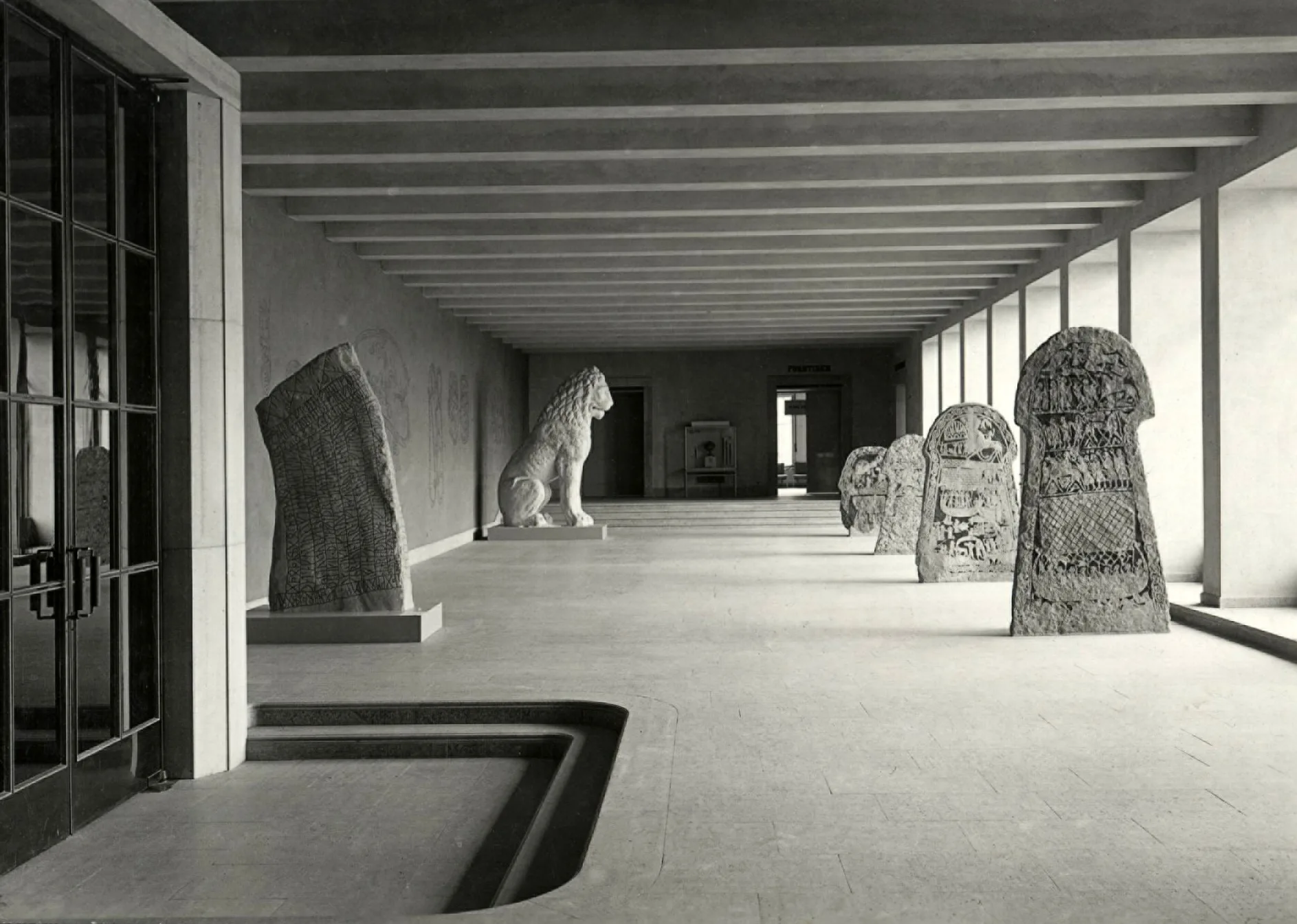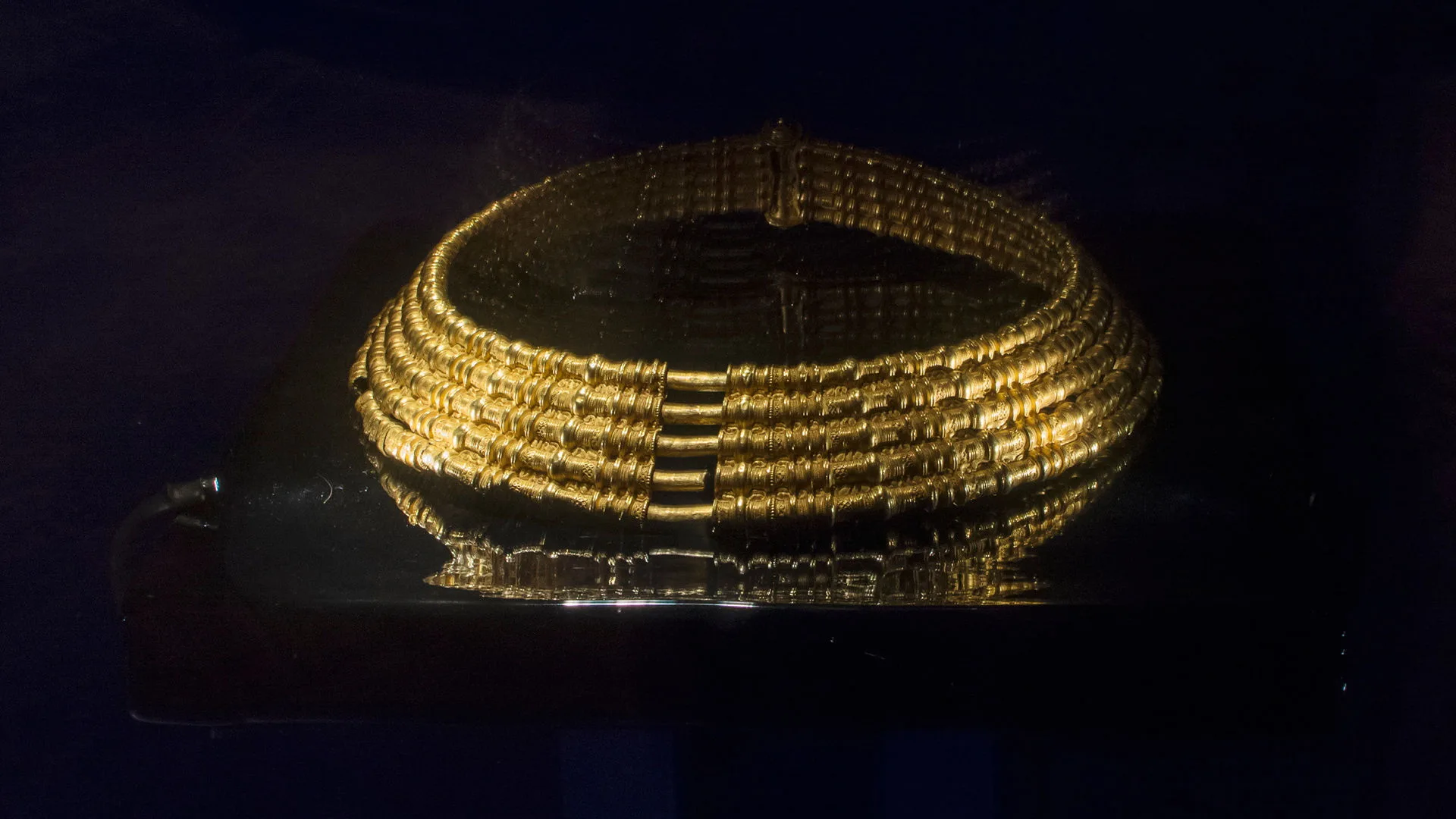Human remains in the museum collections
What is human osteology?
Osteology is the study of bones. Human osteology focuses on the human skeleton, while animal osteology deals with other species.
How many human remains are in the collections of the Swedish History Museum?
It is not possible to give an exact number of human remains in the museum’s collections. Many bones are fragmented, and it is sometimes unclear whether they come from a human or another species. The museum’s digital database contains over 70,000 records registered as human. A single record can include anything from individual bone fragments to complete skeletons of one or more individuals. Many of the bones have been cremated and are highly fragmented. There are also a few other types of human remains in the collection, such as hair.
Anyone interested can search the collections through our digital database.
Search the collections database
Why does the Swedish History Museum have human remains in its collections?
The human remains in the museum’s collections come primarily from archaeological excavations and have been transferred to the museum in accordance with current legislation (the Cultural Environment Act). The remains are important sources of knowledge about past periods. Many researchers study human remains in the museum’s collections and perform various analyses. These studies can provide information on, for example:
- Health, diseases, injuries, and care
- Demography
- Diet
- Body modifications (for example, filed teeth)
- Stature and body build
- Biological kinship and origin
- Mobility
Human remains are also featured in several of the museum’s exhibitions.
How does the museum work with human remains?
The National Historical Museums follow national and international ethical guidelines for handling human remains, including ethical standards from the International Council of Museums (ICOM). The museum has also developed its own guidelines detailing how the work should be carried out. This includes how remains are stored, who has access, and how they may be displayed through images or exhibitions.
A central principle is that all handling must be done with dignity and respect. This means, for example, that any research on human remains must follow ethical rules and that minimal intervention is applied during analyses. In exhibitions, human remains are not used as decoration or props, but rather to illustrate burial practices, diseases, or other aspects of historical life.
Contact us
If you want to know more about our work with human osteology, please contact our registrar.
Email: registrator@shm.se




